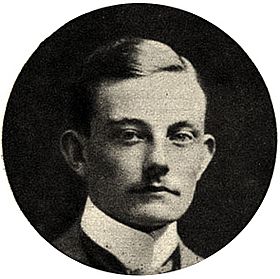Albert Kluyver facts for kids
Quick facts for kids
Albert Kluyver
|
|
|---|---|
 |
|
| Born |
Albert Jan Kluyver
June 3, 1888 |
| Died | May 4, 1956 (aged 67) |
| Nationality | Dutch |
| Awards | |
| Scientific career | |
| Fields | |
Albert Jan Kluyver ForMemRS (June 3, 1888 – May 14, 1956) was a Dutch scientist. He was a microbiologist, studying tiny living things like bacteria. He was also a biochemist, meaning he studied the chemical processes inside living things.
Contents
Understanding Life's Chemistry
In 1926, Kluyver and Hendrick Jean Louis Donker wrote an important paper. It was called "Die Einheit in der Biochemie," which means "Unity in Biochemistry." This paper helped show Kluyver's big idea. He believed that all living things, at a basic chemical level, are connected.
Kluyver had a famous saying to explain this idea. He said: "From elephant to butyric acid bacterium – it is all the same." This meant that the basic chemical reactions inside a huge elephant are similar to those in a tiny bacterium.
Biochemical Unity
This idea, called "biochemical unity," was very important. It suggested that studying how chemical processes work in bacteria could help us understand how they work in bigger animals too. This was like comparing the body parts of different animals, but for their internal chemistry.
Kluyver's ideas were very influential. His student, C. B. van Niel, said that Kluyver's work on biochemical unity became so well-known that people stopped citing it directly. It was just understood. Later, in 1961, other scientists even used a similar saying. They said, "what is true for bacteria is also true for elephants." This helped explain why the genetic code is the same for almost all living things. Kluyver's career was also affected by big world events like World War II.
Awards and Recognition
Kluyver was part of the Delft school of microbiology. This was a famous group of scientists in the Netherlands. He took over from another important microbiologist, Martinus Beijerinck. In 1926, he became a member of the Royal Netherlands Academy of Arts and Sciences. Many people see him as the "father of comparative microbiology." This means he was a pioneer in comparing how different tiny organisms work.
In 1953, Kluyver received the Copley Medal. This is a very high award given by the Royal Society for outstanding achievements in science.
Named in His Honour
Scientists have named several living things after Kluyver to honor his work.
- In 1956, a botanist named Johannes P. Van der Walt discovered a type of yeast. He named it Kluyveromyces. This yeast belongs to a group called ascomycetous yeasts.
- In 1981, a group of bacteria was also named after him. This group is called Kluyvera.
See also
- Clostridium kluyveri

